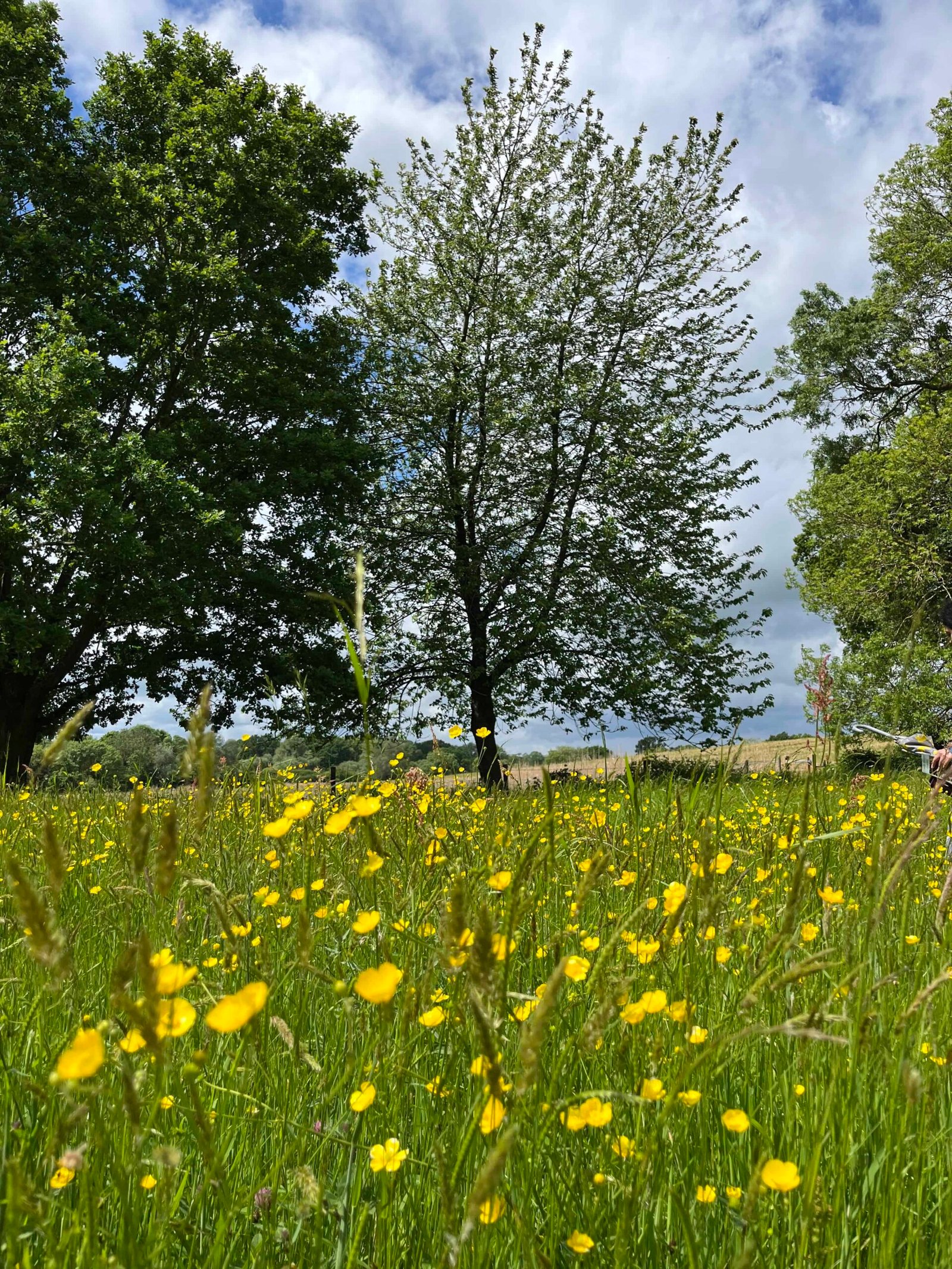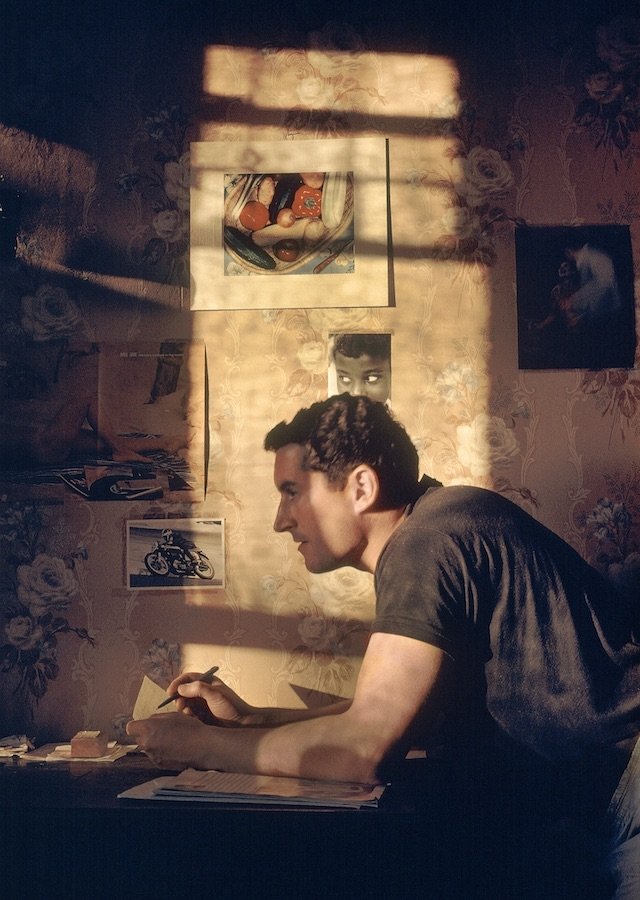b.1865 – d. 1925
Inspired by post-impressionism and symbolism, Félix Vallotton’s art was highly diverse, his style even changing within the same subjects, his landscapes moving from haunting nights to beautiful daydreams that had a style similar to Japanese prints, the trees floating in the wind with their soft curves. His portraits however were more formal and realistic, with depth and light used only subtly to give the appearance of someone poised in their everyday life and not starkly highlighted within it.

Bathing on a Summer Evening (Le Bain au soir d’été) (1892-93)
One of Félix Vallotton’s most famous paintings Bathing on a Summer Evening (Le Bain au soir d’été) (1892-93) holds again a quality similar to that of Japanese prints for its simple lines, and yet there is one lady on the back right whose detailed hair seems out of place with the rest of the painting. It’s too detailed. The colours, unlike the rest of the image are not blocked out in bold, but each strand of hair seems to have been delicately shaded as if Vallotton couldn’t help but transfer the style of his portraiture to the scene, just as his printmaking came into the composition as a whole. And Vallotton was an exceptional printmaker, moving the medium forward into the direction of the modern processes known today, and in doing so he reinvigorated a passion for printmaking as an art form in the West.

Intimacies V: Money (Intimités V: L’Argent) (1897-98)
His printmaking and paintings also highlighted a judgement Vallotton felt towards the middle classes, in particular their hypocrisy regarding adultery, alongside which his images crept towards the disturbing viewpoint of male violence. For example, his crisp black and white prints emphasise a domineering layout of shadow – one normally cast from the male figure onto the female or all around them – revealing with it the more depraved side of life, and one often hidden behind closed doors. It may also be why Vallotton’s paintings are sometimes set within the home – an area at the time not typically exposed to the public, but in Vallotton’s art the doors to the house are left wide open, and in doing so he invites the viewer into a secret world of homelife. This is best expressed in his La Chambre Rouge (1898) – a scene that at first glance looks to be love, but when you examine it in more detail you see notes of a darker nature; the woman’s head is downcast, submissive and sad, while the man stares directly at her, his hand firmly grasping hers, pulling her towards him; it speaks of aggression, dominance and lust, with the room’s colouring of red only stressing the point further.

La Chambre Rouge (1898)
Vallotton’s use of mediums, range of styles and subjects create a confusion in the mind and you can’t help but pull parallels to the contemporary artists of today – exploring the possibilities of art whilst not being restricted by certain schools of thought. He was also ahead of his time in many respects with his realism and sharp lines, but it was his constant redefining and sharpening of skills that made Félix Vallotton stand apart from his peers. Having never been constrained to one movement but laying between them, his interests and messages ever evolving whilst being left open for viewers to see them.

The Wind Painting (1910)











